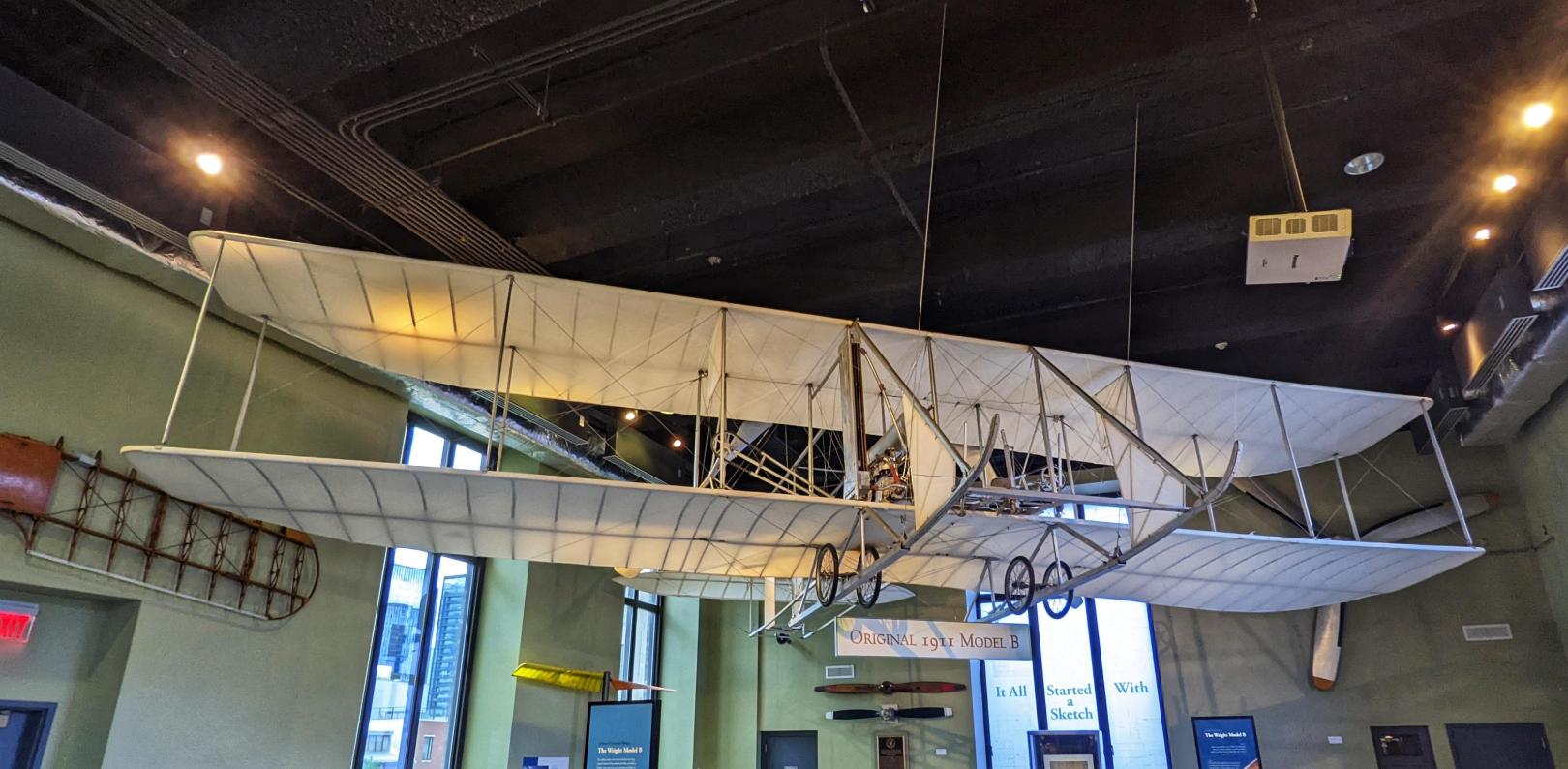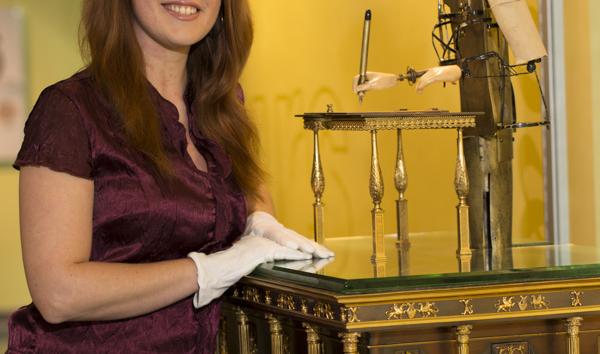
Date:
In the Beginning
The idea of human flight has probably been around as long as there have been humans. By observing the physiology of birds and experimenting with the properties of kites, people have come up with countless ideas and constructed creative models of flying machines. The Montgolfier brothers fabricated a balloon out of paper and silk that used hot air from burning straw to lift a basket of voyagers into the sky. Though the first “voyagers” to fly in a Montgolfier balloon were a sheep, a duck, and a rooster, humans soon followed! People were finally able to travel over long distances of land from a height way beyond the trees. In a letter to the president of the Royal Society in 1783, Benjamin Franklin recalls the cheerful applause of a crowd witnessing a hot air balloon lifting into the air as he concerned himself with the science of it all, noting that there was also anxiety for the safety of the passengers in this hard to control apparatus.
Taking on the Challenge
For Orville and Wilbur Wright, solving the challenge of controlled human flight was a dream they couldn’t shake, and they picked up where Franklin’s comment ended. They had no formal training in mechanical engineering, but they were passionate about flight. They read anything they could find on aerodynamics and experimented with airflow on the bicycles they built in their shop. When the equations they had been using to construct their gliders didn’t lead to successful flights, they carefully designed, hand-constructed, and patiently tested a variety of small model wing shapes until they found the most successful shape for an aircraft wing. These tests led to the first airplane that could achieve sustained, controlled flight in 1903! The Franklin Institute exhibits these Wright wing shapes, or airfoils, near an original 1911 Wright Model B airplane in Franklin Airshow.
Early vs. Modern Planes
To make a controllable aircraft, Orville and Wilbur had to take into consideration the three axes of movement: pitch, or the up-and-down of the nose of the plane; yaw, or the side-to-side movement; and roll, or the up-and-down movement of the wings. Though on their first aircraft the horizontal “elevator” to control the lift of the nose was located at the front of the airplane, you’ll see on the Model B that the Wrights had moved it to the rear. After that, elevators remained at the rear -- on modern planes, elevators are the movable flaps of the horizontal stabilizer. The rear rudders of the Model B also informed future airplanes; the Model B has two movable vertical rudders to control turning the airplane and modern planes have a movable rudder on the vertical stabilizer.
To keep the plane from rolling in the air, Orville and Wilbur designed an ingenious system of cables that were used to bend the wing. This “warping” led to the most efficient way of keeping the plane level in the sky. On modern airplanes, that problem is solved with the use of ailerons and spoilers on the wings.
Orville and Wilbur made their first airplanes with wood frames and carved propellers, and hand-sewed their wings, rudders, and elevators. Their first airplane weighed over 600 pounds without the pilot, so the Wrights had to design and construct an engine powerful enough, but also lightweight enough, to lift this new aircraft into the air and keep it there. For the Model B, the result was a 12-horsepower engine that weighed about 180 pounds. Now personal planes have 40-horsepower engines that weigh 155 pounds.
Though the Wrights first airplane didn’t have seats or seatbelts, you’ll see the Model B has two seats, and the passenger helped the pilot fly. Passenger airplanes became popular in the 1930s, but seatbelts didn’t become an aviation requirement until the late 1950s, and before pressurized cabins of the 1940s, passengers felt every change in altitude!
Sources:
https://www.aps.org/publications/apsnews/200611/history.cfm
https://franklinpapers.org/
https://www.wright-brothers.org/


